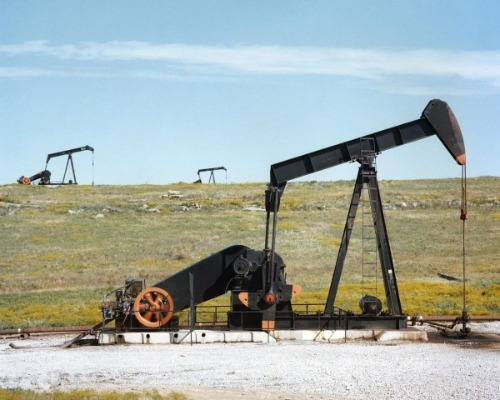3 DIGITIZATION TRENDS TO LOOK OUT FOR IN THE OIL AND GAS INDUSTRY

Industries around the globe are fully committed to taking on the digital revolution?adopting new technologies, equipment and business plans. The oil and gas industry is no exception to this, as it continues to advance and follow digitization trends. While many traditional companies may be wary of all the big changes, embracing the digital revolution can be the factor that makes or breaks a company.
From unearthing and production to meeting the worlds energy needs, the oil and gas industry is undergoing major digitization changes that will impact the future of the industry. Here are three important trends to look out for this year:
1. Building on IoT integration
IoT is a key component in connectivity and machine learning. Oil and gas companies continue to increase their adoption of sensors in the fields, providing real-time data and useful insights into their processes. Sensors can be used to detect and track operations for machinery, pipes, storage, transportation and employee safety.
New technologies will allow data to be shared over IoT platforms, enabling companies to hold all their data in the palms of their hands while simultaneously connecting equipment across one secure platform. By building out IoT integration, companies will be able to further utilize necessary data that can help improve their production processes.
2. Honing in on the cloud
Many oil and gas companies are moving to cloud-based platforms where they can host various business applications and data collection from the field or within a facility. Utilizing data has become a driving force in the industry. For example, upstream companies are leveraging data to discover new oil fields and optimize their processes.
Companies can perform a variety of functions directly through the cloud platform, including security management, accessing projects and documents, data interfacing and infrastructure management. Through the adoption of a cloud-based platform, companies will broaden their access to necessary data, allowing them to utilize as much as possible. This will improve their overall processes while cutting down on production time and boosting productivity.
3. Taking on automation
Moving towards automation has become a major trend in many industries, from manufacturing and medical to food service and law enforcement. This trend will continue to persist in the oil and gas industry, fueling innovation and productivity both onshore and offshore.
Data is an invaluable asset for oil and gas companies, allowing them to stay ahead of their complex operations. Automation can make use of data by forming algorithms to make certain processes easier. For example, predictive algorithms can detect and manage end-to-end water consumption and predict which areas are best for drilling. Through automated technology, companies can improve their planning and cut down on potentially wasted time and costs.
The oil and gas industry is set to take on major digital innovations in the coming years that will largely impact their operations and overall productivity. By embracing digital trends, companies can maintain their competitive edge while improving their own processes along the way.
Want to learn more about the oil and gas industry?
Give us a call at 1.800.333.7519 or contact us online to speak with an ACI representative today.

